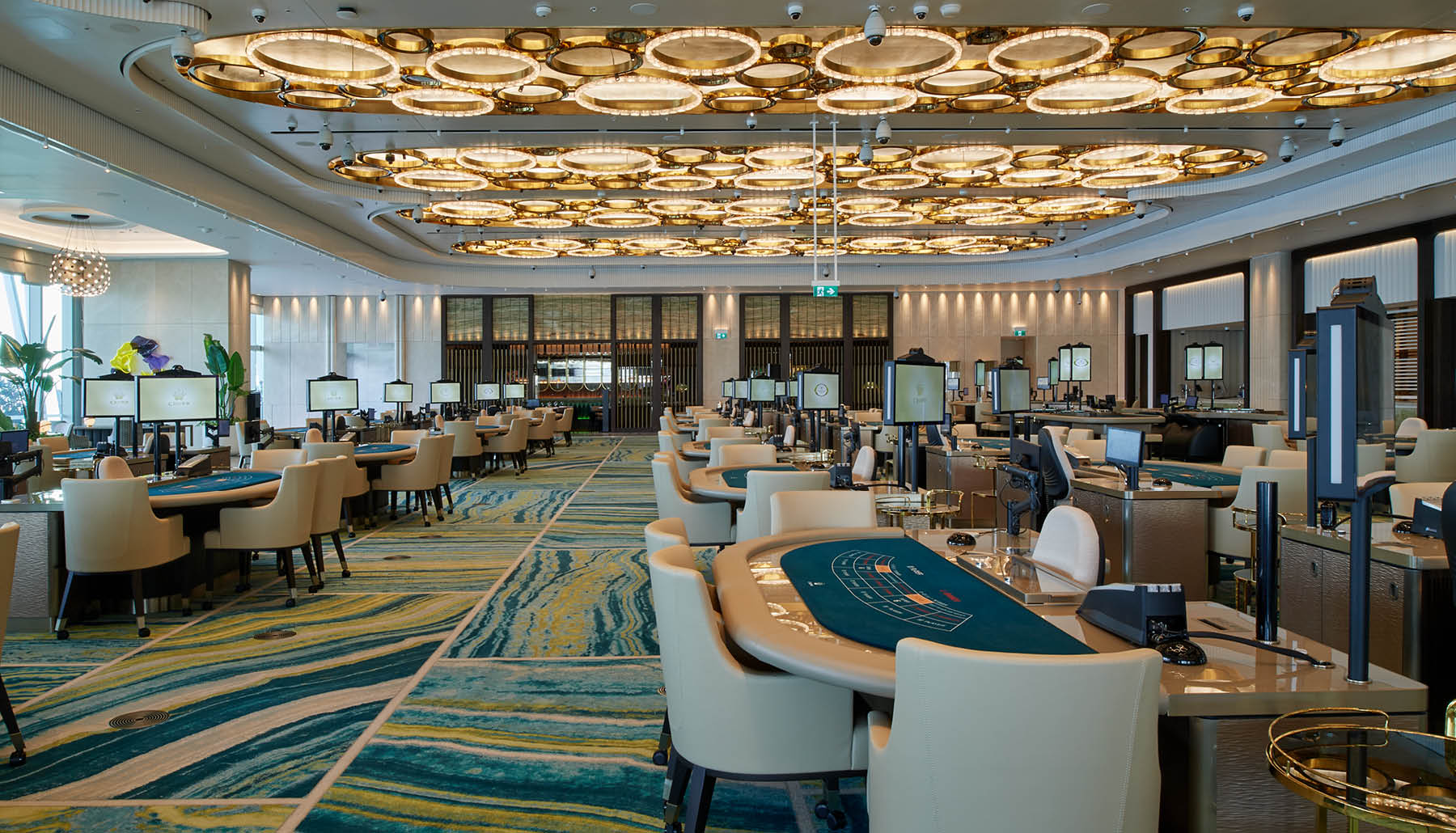
In the vibrant and thrilling world of casinos, where fortune and strategy intertwine, hues and aesthetic play a key role in attracting gamblers. From the moment players step inside a casino or access a gaming website, they are enveloped in a visual feast that grabs their attention and lures them to explore further. Bright colors, engaging graphics, and innovative layouts are carefully crafted to create an atmosphere of thrill and expectation, ultimately improving the gaming encounter.
As gamblers move through the dynamic landscape of casino games, they come across a range of designs that not only serve aesthetic purposes but also influence emotions and decision-making. Hues like red and yellow symbolize wealth and fortune, while soothing navy and emeralds can create a much relaxed environment. Grasping how these elements function together allows casinos to create an welcoming and stimulating atmosphere that encourages players to interact with the games, invest more time at the tables, and boost their general enjoyment.
The Study of Color in Gambling Games
Color plays a crucial role in the creation of casino games, influencing players’ emotional states and behaviors. Vivid and bold hues, such as red and gold, are often used to stimulate enthusiasm and draw notice. These colors create a sense of pressure and vitality, encouraging players to engage more readily with the game. By intentionally selecting tints, designers aim to elicit feelings of joy and expectation, which can enhance the complete game experience.
Different hues also have psychological associations that can impact how players perceive their chances of victory. For example, emerald is frequently associated with fortune and prosperity, making it a well-liked choice in activities like roulette and poker games. This link can cause gamblers to feel more optimistic and self-assured in their gaming, ultimately inspiring them to wager more. Understanding these associations allows game creators to create environments that enhance player satisfaction and retention.
Moreover, the design of gambling game interfaces often employs blended colors and differing colors to guide players’ responses. For example, successful outcomes may be accentuated with bright, differing shades, creating a visual reward. This approach supports positive outcomes and promotes repeated participation. bong da lu By utilizing the science of color, gambling establishments can design games that not only captivate gamblers but also maintain them engaged and committed in their game experience.
Design Elements that Attract Gamers
The aesthetic appeal of gambling games is primarily influenced by the implementation of vibrant colors. Lively and striking colors are deliberately chosen to create an appealing atmosphere that captures interest. For instance, crimson and golds often signify good fortune and wealth, which is why they are prevalent in the palettes of slot machines and table surfaces. These colors not only attract players in, but they also evoke emotions related to thrill and anticipation, enhancing the overall gaming experience.
In parallel to color, the aesthetic and layout of casino games play a crucial role in player attraction. Games are designed to be user-friendly, ensuring that players can easily understand the guidelines and gameplay. Accessible interfaces, along with engaging graphics and animations, help maintain player interest and encourage extended play sessions. The tactile elements, such as the texture of the controls and the audio of the games, also contribute to a comprehensive sensory experience that keeps players engaged.
In conclusion, thematic elements in gaming design can greatly influence gaming decisions. Many casino games are inspired by popular culture, myths, or adventure themes, featuring symbols and characters that connect with players. These themes create a sense of engagement and connection, making each game feel unique. When players feel a connection to the concept, they are more likely to opt for that game over others, leading to higher participation and excitement within the gambling environment.
Case Studies: Notable Casino Slot Designs
One noteworthy example of impressive casino game design is the acclaimed slot machine series themed around popular movies. Games such as those based on the Wizard of Oz and Game of Thrones utilize dynamic colors and high-quality graphics to engage players in recognizable narratives. The employment of lively visuals and entertaining sound effects takes the interest of players, establishing an affective connection to the theme. This tactic not just fosters longer play but also improves the overall gaming experience, yielding increased player retention.
Another notable case is the application of color in table games like 21 and roulette. Casinos often design these games with rich reds and greens, colors traditionally connected with luck and wealth. For instance, the green felt on a 21 table provides a soothing effect, while the crimson accents in roulette invite excitement. This deliberate use of color helps to establish an inviting atmosphere that stimulates players to engage, addressing their psychological impulses and enhancing their enjoyment.
Finally, online casino games that incorporate community features and bright, lively designs have experienced remarkable success in engaging players. Games like Zynga Poker and Slot-O-Mania leverage bright colors and playful animations to forge an inviting online environment. The integration of leaderboards, social sharing options, and in-app rewards encourages competition and community, pulling players in for longer sessions. Such designs not just make the games visually appealing but also emphasize social connectivity, a crucial factor in player retention and engagement within online casino environments.
